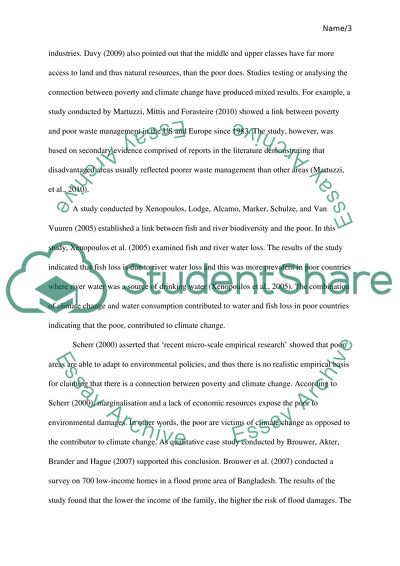Cite this document
(“A simple research proposal about 'How could qualitative methods be Essay”, n.d.)
Retrieved from https://studentshare.org/geography/1496090-a-simple-research-proposal-about-how-could
Retrieved from https://studentshare.org/geography/1496090-a-simple-research-proposal-about-how-could
(A Simple Research Proposal about 'How Could Qualitative Methods Be Essay)
https://studentshare.org/geography/1496090-a-simple-research-proposal-about-how-could.
https://studentshare.org/geography/1496090-a-simple-research-proposal-about-how-could.
“A Simple Research Proposal about 'How Could Qualitative Methods Be Essay”, n.d. https://studentshare.org/geography/1496090-a-simple-research-proposal-about-how-could.


